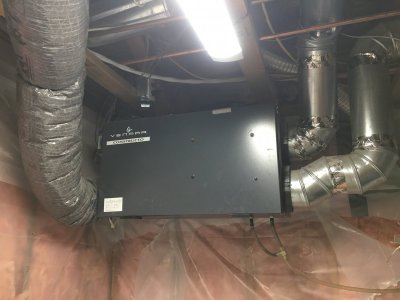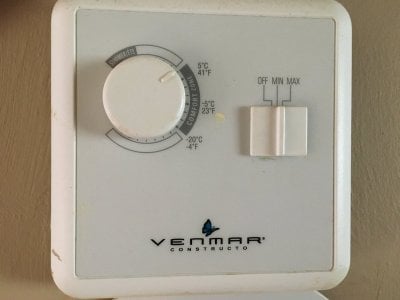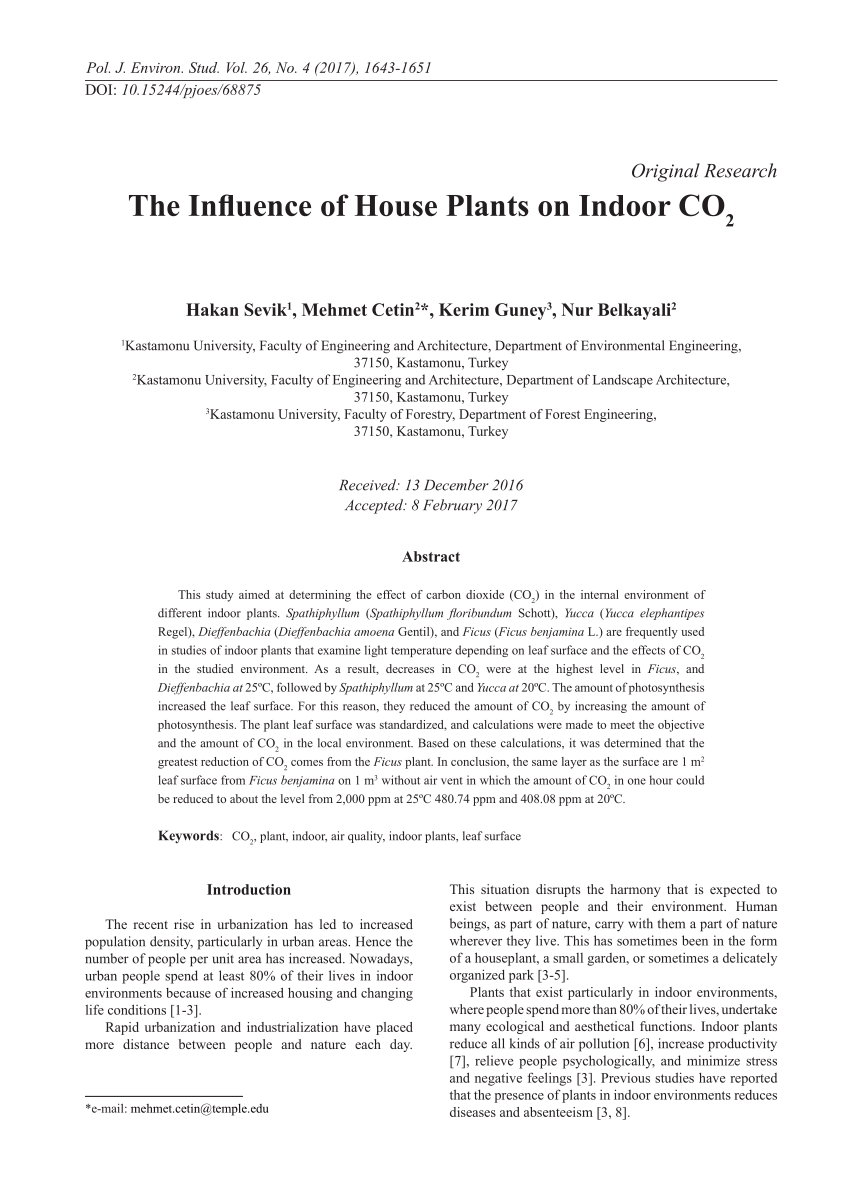Randy Holmes-Farley
Reef Chemist
View Badges
Staff member
Super Moderator
Excellence Award
Expert Contributor
Article Contributor
R2R Research
My Tank Thread
- Joined
- Sep 5, 2014
- Messages
- 67,438
- Reaction score
- 63,832
I agree that room plants won’t help noticeably, unless it is a greenhouse. The plants would need to add mass (tissue) in an amount similar to the amount of food you eat to offset your CO2. Then there are gas stoves and other sources.



















